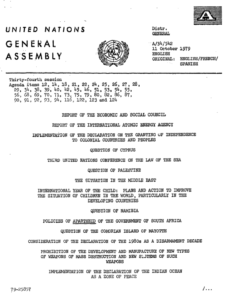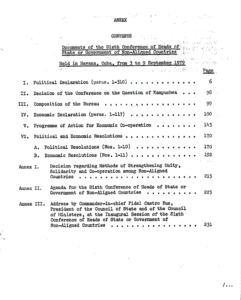
Author: Dr. Suraj Yendge, Department of African and African American Studies at Harvard University.
The murder of Masonda Ketanda Olivier, a 24-year-old Congolese student studying in Delhi, is a reminder of how deeply intolerance and lack of empathy are rooted in our psychosocial make-up. It also suggests how much India as a State needs to explore the possibilities of educating its gullible masses on the cultural significances of tolerance. India, which is still grappling with caste prejudices, is yet to mentally break free of the European constructs of pale dominance/White supremacy and the non-personhood of the darker-skinned. The ethnocentrism of race combined with a virulently casteist culture creates a deadly environment for African immigrants.
It isn’t just racist attitudes that are at the crux of this predicament. It is an extension of ignorance, a lack of access to other world cultures that creates an insular bubble where casual racism and anti-Black sentiments are repeated ad nauseam. Urban, middle-class Indian society is hungry for Western pop culture, but it has not shown the same receptiveness to even tepid Western liberal attitudes that pay lip service to the problem of racism. Instead, this section of society continues to peddle lame propaganda about Sanskritised ideas of “Indian culture” and invokes narcissist nationalism at the drop of a hat.
” While there are active campaigns in India that challenge the cultural disparagement of darker skin, these do not take into account the stubborn casteism at the core…”
The ultra-racism in India is closely intertwined with the wretched caste system. The internalized violence is reinvigorated and reproduced through the repetition of xenophobic stories, where an easy scapegoat is the darker skinned foreigner. Experiences of race and caste have in common the perpetuation of violence, perpetrated with impunity, against an “inferior being”.
While there are active campaigns in India that challenge the cultural disparagement of darker skin, these do not take into account the stubborn casteism at the core of this phenomenon. We need to come to terms with the fact that people are discriminated against not solely on the basis of their complexion, but caste, a marker of which is often colour.
In challenging the White dominance over the world, Indian critiquers comfortably assume the position of oppressors in their native society. One needs to implant a thorough critique of experience of living in a hierarchical society like India. Once these layers are teased out, then only will we have the flexibility to argue for the equality of all.


Racism: A subconscious, conscious act
To understand the aggressive masculine violence inflicted upon easily targeted bodies, we need to reframe the focus on human consciousness. Discrimination goes deep into the subconscious; it may not even be apparent to those who harbour it. I’ve met many diaspora Indians in Africa. They come usually from the urban centres of India — Pune, Mumbai, Bengaluru, Delhi, Chandigarh – and bring with them a sense of superiority. They use racial epithets casually — the vernacular usually has a generous lexicon for such terms. In jocular tones, they subject their African domestic staff and gardeners to racist insults. They speak of Africans as an “other” that lacks agency. The African is the problem — the thief, unacceptable, uncivilized. The metaphors of segregated domination persist in the minds of working professionals and skilled labour force arriving on African shores.
“The Trumpified nationalism in the US, the FPO in Austria, Jobbik in Hungary, BJP in India are providing fertile soil for growing forms of race violence.”
Very little, it appears, is welcomed into the sacred fortified spaces of once-a-week fasting Indian families. Even Gandhi, it is apparent from the book The South African Gandhi was immune to such proclivities in his thinking.
Racism is embedded in complex differences. Race, as Stuart Hall once commented, is an incomplete phenomenon. Frantz Fanon, a keen observer of racial dynamics in the intersectional conceptions of capital, gender, and colonialism observed race as a historically embedded category that has cultural specifications. The cultural construction of race has to do with the lack of acknowledgment by the oppressor (race). Racializing the ‘other’ strips one of human agency — often darker race is institutionalized in the pedagogic manufacturing of myths and narratives. These national mythologies are put into comparison with other cultures, trying to prove how much ‘our’ culture is superior to others.
The global xenophobia axisymmetric with the emergence of neo-nationalist ideologies is gaining increasing coinage. The Trumpified nationalism in the US, the FPO in Austria, Jobbik in Hungary, the Swiss SVP, Perus in Finland, FrP in Norway, FN in France and BJP in India are providing fertile soil for growing forms of race violence.
Courtesy: Source
